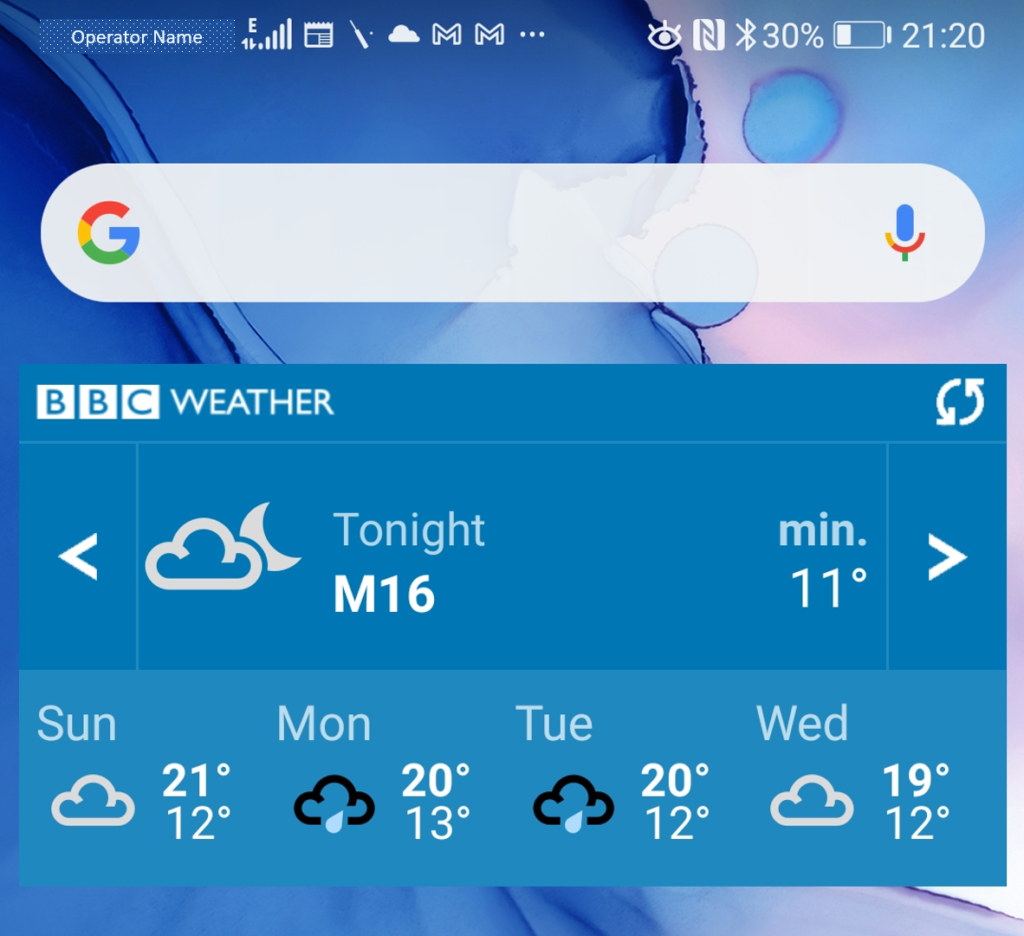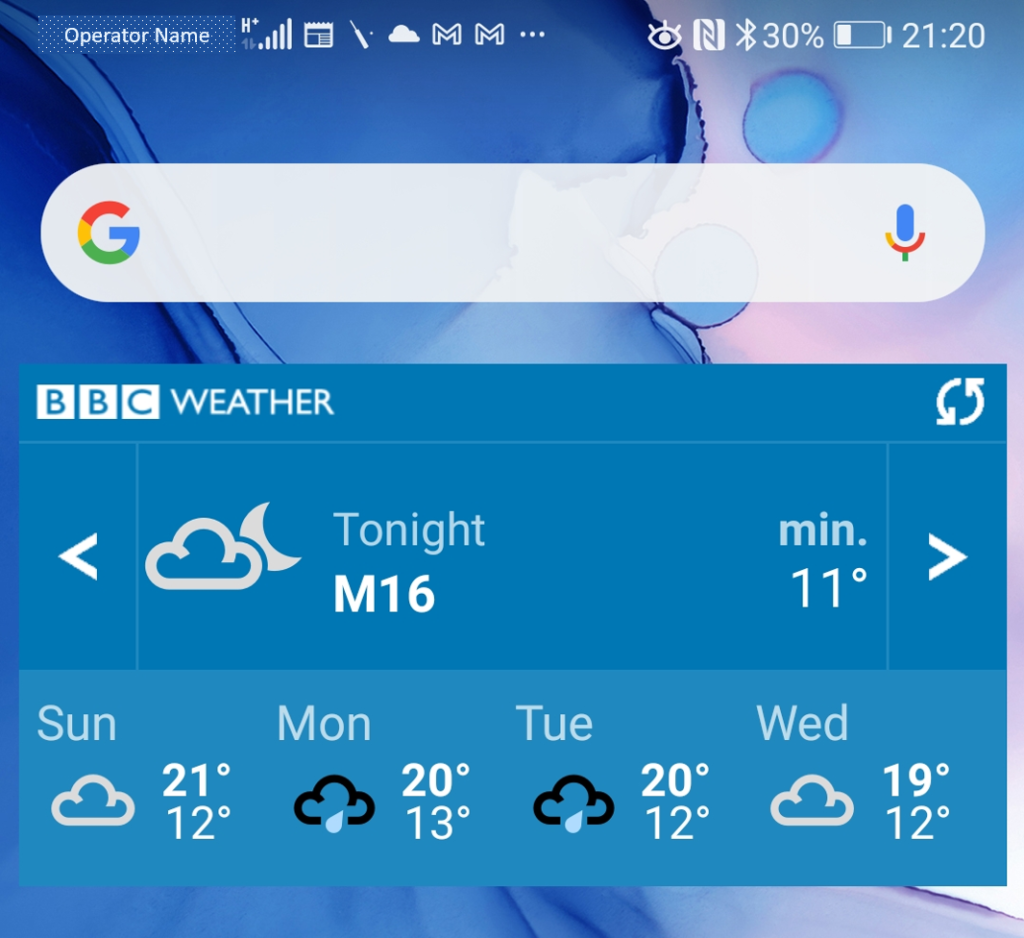What Does E Mean on My Phone
What Does E Mean on My Phone
When your phone is in service, you are generally served by the 4G LTE network. Of course, it depends on where you are, but in most parts of the world, 4G LTE networks are widely available, and many countries have already launched the new 5G networks. There may be occasions when you are in locations where you don't get proper 4G coverage, and as a result, you may end up on 3G or even 2G networks. When you are connected to a mobile network, your mobile phone shows which network technology is serving you. That is indicated on your mobile phone by symbols like E, H, H+, LTE, 4G, 4G+ etc. This post will explain what the E symbol means and what you can expect when that symbol shows up on your phone.


What does the "E" mean on your phone?
When you see the E symbol on your phone, you are being served by the second generation of mobile networks. More specifically, E represents the EDGE data technology which is part of 2G GSM networks. EDGE stands for Enhanced Data for Global Evolution, and it is an enhancement to the good old GPRS, which started packet-switched mobile data technology in GSM networks. As soon as your mobile phone starts showing this symbol, the first thing you may notice is that all your web browsing slows down considerably. EDGE networks can provide peak speeds of up to 384 kbps in the downlink for downloads, but since we hardly ever get the peak speeds, what you end up with might look similar to the speed we are getting in the screenshot below, which is 0.13 Mbps or 130 kbps.

What is EDGE in 2G?
When GSM networks were originally launched, they had a technology that allowed mobile users to access the internet from their mobile phones. However, the technology was circuit-switched, which meant that it required a dedicated circuit to carry out the data sessions for each user. As you can imagine, that was not efficient, which led to introducing a packet-switched technology called GPRS or General Packet Radio Service to address the data part. GPRS later evolved into EDGE, which offered much higher speeds to users when browsing the internet from their phones. With EDGE, the capacity available on the packet-switched part of the network is shared among multiple users. The packets of data bursts are sent at different intervals for different users, making the overall process much more efficient.
EDGE can offer peak downlink speeds of up to 384 kbps for downloads, which is more than double the speed that GPRS can offer. Even though 384 kbps can theoretically support basic mobile internet tasks, but we don't get peak speeds in real life. Generally, depending on how many people are on the network and how far you are from the base station, you may only get to enjoy a small portion of this 384 kbps.
Why does my phone say E instead of 4G?
Your mobile phone always indicates which type of mobile network technology you are connected to. For example, if the 4G LTE technology serves your phone, it will either show a combination of LTE and LTE+ symbols or a combination of 4G and 4G+ symbols. When your phone is on a 2G (GSM) network, you will likely see the E symbol. The table below shows which symbols relate to which network technologies and the maximum speeds for each of the technologies. We have also put the average speeds in this table to give you an idea; however, please note that the average speeds vary considerably depending on which mobile network you are on and which location you are in.
| Symbol | Network Generation | Network Technology | Peak speed | Average speed* |
|---|---|---|---|---|
| 5G | 5G | New Radio – NR | 10 Gbps | 150-200 Mbps |
| 4G+ or LTE+ | 4G | LTE-Advanced or LTE Advanced Pro | 1-3 Gbps | 50-80 Mbps |
| 4G or LTE | 4G | Long Term Evolution – LTE | 300 Mbps | 15-20 Mbps |
| H+ | 3G | Evolved High-Speed Packet Access -HSPA+ (UMTS) | 42 Mbps | 5-8 Mbps |
| H | 3G | High-Speed Packet Access – HSPA (UMTS) | 14.4 Mbps | <5 Mbps |
| 3G | 3G | Universal Mobile Telecommunications System-UMTS | 2 Mbps | 384 kbps |
| E | 2G | Enhanced Data for Global Evolution – EDGE (GSM) | 384 kbps | 130-200 kbps |
| G | 2G | General Packet Radio Service – GPRS (GSM) | 171.2 kbps | – |
—Mobile network technology symbols and expected peak and average download speeds—[* Reading, UK, 2021, and can vary a lot depending on your operator, location, etc.]
How do I get rid of the E symbol on my mobile phone?
The first thing you want to check is whether your mobile phone automatically selects the latest network technology or is locked to a certain technology. You can check that by going into the phone settings. For example, on a Huawei Android phone, if you go to Settings->Mobile network->Mobile data->Preferred network mode, you should see the following screen. In this example, the phone is locked to 3G/2G, which means it can switch automatically between 2G and 3G, but it will never switch to 4G unless we change the setting to 4G/3G/2G auto.

You can do the same on an iPhone by going into Settings->Mobile Data->Mobile Data Options->Voice & Data. That will take you to the following screen, where you can select 3G or 4G. If your phone shows a tick next to 3G, that means it is locked to 3G and 2G and will never show the 4G symbol unless you change the setting to 4G. When you select 4G, it does not mean that you will always get 4G. If you are in a location where you only have 2G/3G coverage, your phone will select whatever is available. However, with this setting (4G), as soon as your phone finds a 4G network, it will automatically attempt to connect to it.

Conclusion
When you are in an area where the mobile network coverage with LTE (4G) and UMTS (3G) is a bit patchy or non-existent, then you are likely to see an "E" symbol popping up on your mobile phone screen. This "E" symbol represents EDGE, a second-generation technology and stands for Enhanced Data for Global Evolution. The maximum speed you can expect on EDGE is 384 kbps, but generally, the average speeds are around 130-200 kbps. EDGE was introduced as an enhancement to the GPRS (General Packet Radio Service) networks.
Here are some helpful downloads
Thank you for reading this post, I hope it helped you in developing a better understanding of cellular networks. Sometimes, we need some extra support especially when preparing for a new job, or studying a new topic, or maybe just buying a new phone. Whatever you are trying to do, here are some downloads that can help you:
Students & fresh graduates: If you are just starting, the complexity of the cellular industry can be a bit overwhelming. But don't worry, I have created this FREE ebook so you can familiarise yourself with the basics like 3G, 4G etc. As a next step, check out the latest edition of the same ebook with more details on 4G & 5G networks with diagrams. You can then read Mobile Networks Made Easy which explains the network nodes e.g. BTS, MSC, GGSN etc.
Professionals: If you are an experienced professional but new to mobile communications, it may seem hard to compete with someone who has a decade of experience in the cellular industry. But not everyone who works in this industry is always up to date on the bigger picture and the challenges considering how quickly the industry evolves. The bigger picture comes from experience which is why I've carefully put together a few slides to get you started in no time. So if work in sales, marketing, product, project or any other area of business where you need a high-level view, Introduction to Mobile Communications can give you a quick start. Also, here are some templates to help you prepare your own slides on product overview and product roadmap.
Source: https://commsbrief.com/what-does-the-e-symbol-mean-on-my-phone/
Posted by: palfreymanrightes.blogspot.com
0 Response to "What Does E Mean on My Phone"
Post a Comment